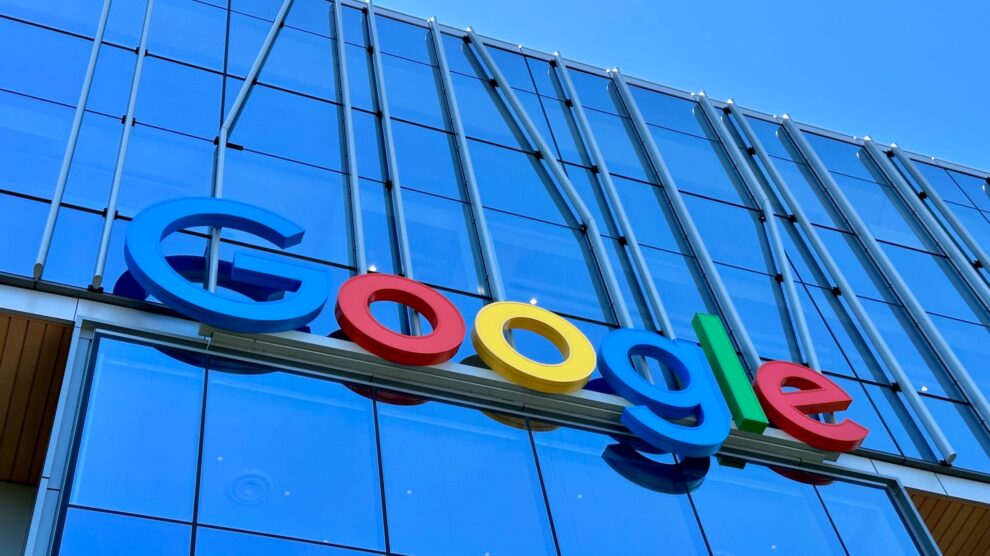Google has recently launched its UK rollout of a new type of result driven by machine learning. What started as a simple page listing two types of results (paid results and organic results) has now evolved into a plethora of result formats, all presenting themselves to a user at once.
After years of developing search results to accommodate a diverse set of content formats, Google is now introducing a snippet that combines various online sources to compile a single answer to a user’s search query.
Google’s objective is to continue enriching the user experience within its search results, but it is also to compete with the likes of Microsoft, which has an AI-fueled search feature too.
What is Google SGE?
Google Search Generative Experience (SGE) refers to new AI-led technology that Google is rolling out within its search results to collate information from a variety of sources, providing the user with an answer directly within the SERP.
Think of it as an advanced, more sophisticated rich snippet that gives you more detail on your query right at the top of the results page.

As can be seen in the above example, Google has used its index of websites and applied machine learning to create a single answer by collating a variety of sources, which are listed below the answer.
Google SGE leverages artificial intelligence (AI) to offer users straightforward summaries of search topics without opening separate webpages. In essence, SGE condenses large amounts of information into a new format right on the search results page. Users can try out SGE when using Google Search on Chrome, Android, iOS, or browsers such as Microsoft Edge.
TikTok and Microsoft are potentially offering a better search experience, but why?
Google has introduced this new feature within the SERP for a number of reasons. The ultimate reason is to continue fulfilling its mission statement to “organise the world’s information and make it universally accessible.”
Another reason is that Google is under pressure to evolve the quality of the search experience it offers as a search destination, thanks to competition from the likes of Microsoft (which owns ChatGPT and rolled out “Copilot”) and TikTok. With leading tech giants around them utilising AI to help searchers find what they are looking for, Google’s hand has somewhat been forced to come up with a competing offer that keeps them at the forefront of technology, or at least competing for it.
According to a recent report by Adobe, 17% of users surveyed found TikTok the most helpful platform when searching for information.
The same report also found that among Gen Z, food, music, and travel were the three trending topics that consumers searched for information on when using the video-sharing platform.
With the evolution of artificial intelligence and machine learning, Google is somewhat forced to introduce an AI driven function within its SERP, continuing to position itself as a useful source of information to aid consumers in their day to day lives.
Will this new result type increase the “zero” clicks experience and reduce the number of visitors websites receive?
As users have become more mature, a new issue has emerged whereby a user will conduct a search, browse the results, and for a reason of either dissatisfaction or satisfaction, will not click through to a destination url.
This is known as a zero click search.
For businesses, this is not ideal, as there is no visibility on the true performance of your investment into content or digital (your content might have been useful to someone but without a click you’re never going to know).
For this reason, some speculate that the new AI overviews may not be a great thing for businesses. That said, Google is featuring the source websites within a carousel underneath the AI answer, in an attempt to still drive clicks.
Time will tell how this progress and its impact on many businesses. SEO agencies in London are advising marketing professionals and business owners on how to invest into content giving the rollout to ensure a best practice approach is achieved to SEO and content strategies.
Positioning your business to comply with Google SGE and increase your chances of inclusion within the results
For those of you that noticed it earlier, at the bottom of the AI result snippet, Google outputs some small tile results which link to the websites it used for inspiration to form the answer shared on screen.

By ensuring your websites content is crawlable and indexable your website could come up in these results if Google finds your content useful to include within its process.
How can business owners and marketers ensure content is considered for inclusion within Google SGE?
There are some basic principles that Google outlines your content should consider in order to be included within its search results. The first and most important is quite simple; ensure your content is written to openly inform and provide all the relevant information a consumer needs to learn about your products, services, and company.
Whilst this may seem obvious, this considers a structured approach, which includes:
- Defining who your customers are and what their needs / desires are
- Being clear about your value proposition and why someone should transact with you over another business
- Building and managing a website that allows users to easily access the information they need to proceed through your sales journey
- Demonstrating to consumers and search engines what makes you a trusted business that someone can engage with.
To help with the above, there are some guidelines that Google has produced to note. A particular set of guidelines is the E.E.A.T algorithm, which stands for:
- Expertise – what expertise does your business have in the chosen subject area – think, what qualifies you to be regarded as an expert (qualifications, testimonials, awards)
- Experience – what experience does your leadership team or business have in delivering the products and services you’re promoting or the information you are publishing? (how long have you done what you do, who have you done it for, which institutes or third parties hold you or your business in high esteem because of all of this?)
- Authority – what makes you or your business an authority on the subject you are covering? (Which third parties refer to you or your business as an authority, what social proof do you have that backs up your claims of being an authority on the topic being covered?)
- Trust – how can a consumer easily know that you or your business are trustworthy? (think social proof, reviews, 5 star ratings, client case studies, awards and accolades within the industry you operate within?
Google will introduce AI powered search results:
- Ask new kinds of questions that are more complex and more descriptive
- Get the gist of topics faster, with links to relevant results to explore further
- Start your tasks as you search, with draft writing or image generation right from where you are searching
- Make progress easily, by asking conversational follow-ups or trying suggested next steps
SGE (AI Overviews) is basically an evolution of featured snippets using passage ranking as defined by Liz Reid, head search at Google: “This approach is highly effective. Overall, our tests show that our accuracy rate for AI Overviews is on par with another popular feature in Search — featured snippets — which also uses AI systems to identify and show key info with links to web content.”
How to get your website content featured within AI Overviews:
- Query Dependency
- Topic Coverage
- Content Unique Value & Diversity
- Frequency of use (i.e. click satisfaction)
- Freshness
- Trust & Authority
Plus, many of the standard passage ranking methods for feature snippets could be utilised – answer quickly, with structured headings (that Google can parse) and get to the point (make it easier for Google to find the answer).
Think of your content and consider how you can ensure that the above information is also communicated on your website for search engines like Google to crawl and absorb. This will give your content credibility in the eyes of the search engine, and with this credibility Google can then include your content within SGE to formulate answers to aid consumers.





